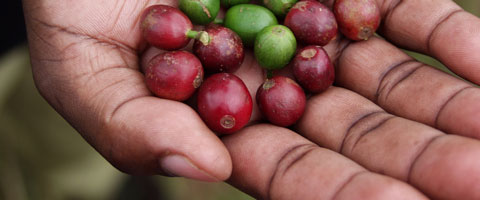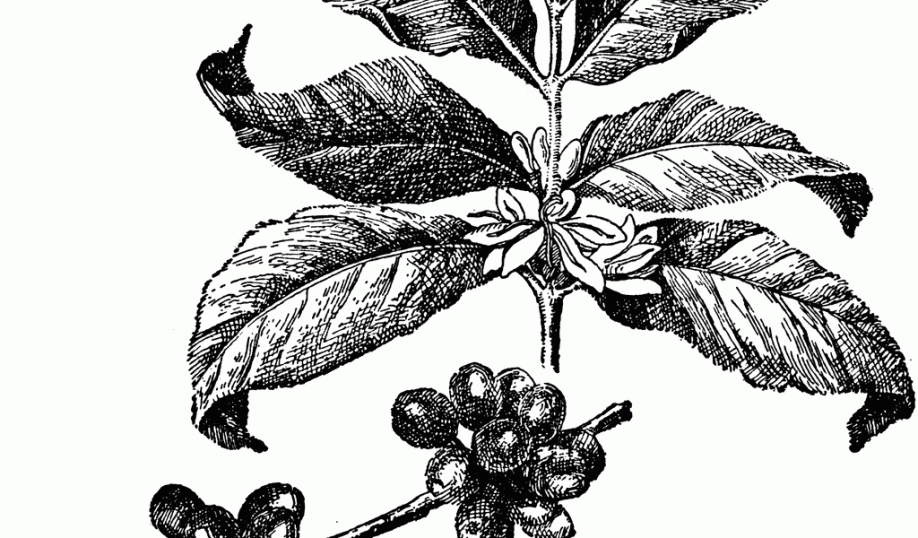The most profound sensory encounter I experienced with the coffee plant during our field work occurred after the cupping at Batdorf and Bronson. When asked by a few of us after the tasting, our hosts shared a custom essential oil set used as a sensory training and reference tool for coffee tasters, and among the vials was an essence of the arabica flower. Essential oils are often so strong that they permeate and shift the barrier usually posited between the senses of smell and taste; the essence of the coffee was an exemplar of this effect. The vial brought to mind a Gaian diadem of tropical blossoms, exposing an alliance between Coffea arabica and a host of other richly sensual flowers, particularly jasmine and ylang ylang. Its smell was so intense as to be synesthetic; I felt like I was standing in a cloud forest and had just literally eaten a handful of coffee blossoms. Experiencing the essential oil of the coffee flower also clarified a substratum of subtle flavors I often taste in specialty coffees but have had no point of reference for until that moment. I realized then that the “floral” notes I am more and more urged to recognize in the expensive coffees sold in all those wildly proliferating post-industrial hipster cafes is actually the the sense-memory of the plant’s erotic power, the signature of its flower.
Photo found at http://herbaria.plants.ox.ac.uk/bol/plants400/Coffeaarabica


